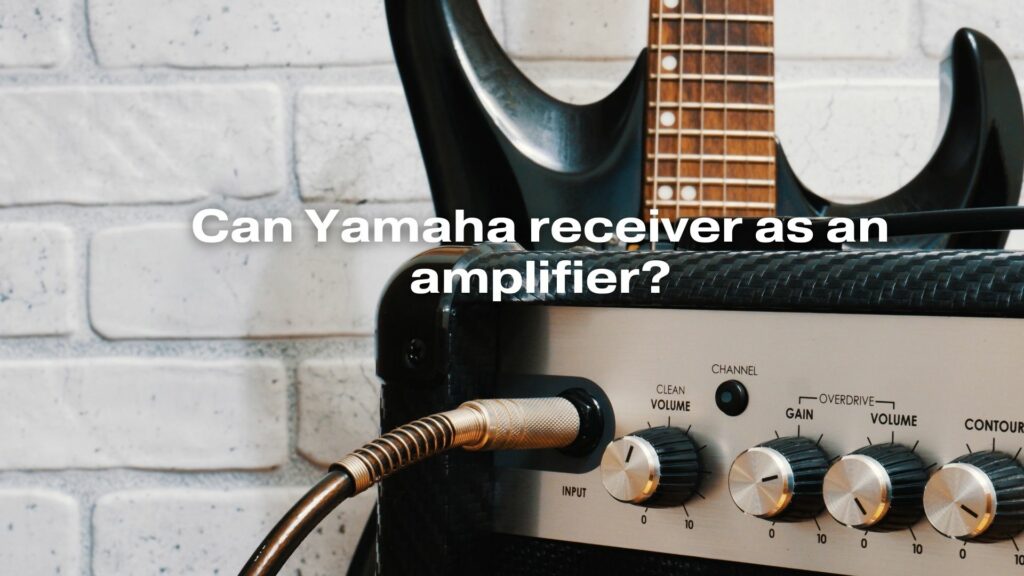Yamaha is a renowned brand in the world of audio equipment, known for its high-quality receivers and amplifiers. Many people who own a Yamaha receiver may wonder whether it can be used as an amplifier for their audio needs. In this article, we will explore the capabilities of a Yamaha receiver, its potential use as an amplifier, and the factors to consider when utilizing it as such.
Yamaha Receivers: The Heart of Your Audio System
Yamaha receivers are designed to be the central hub of a home audio system. They serve as the control center for various audio and video sources, connecting speakers, television, Blu-ray players, game consoles, and more. Receivers are equipped with various inputs, outputs, and processing capabilities, making them an essential component for home theater and audio setups.
Can a Yamaha Receiver Be Used as an Amplifier?
Yes, a Yamaha receiver can be used as an amplifier, but it’s important to understand the limitations and how to set it up correctly.
- Built-In Amplification: Most Yamaha receivers come with built-in amplification, which means they have the capability to power and drive speakers directly. This is an integral part of their functionality, as they are designed to process and amplify audio signals.
- Connections: To use a Yamaha receiver as an amplifier, you need to connect your audio source to one of the receiver’s input ports. For example, if you want to use it as an amplifier for a turntable, you can connect the turntable’s output to one of the receiver’s analog or phono inputs.
- Speaker Output: Connect your speakers to the receiver’s speaker output terminals. The receiver’s built-in amplifier will provide the power needed to drive the speakers and produce sound.
- Selecting the Correct Input: When using a Yamaha receiver as an amplifier, make sure to select the correct input source on the receiver that corresponds to the connected device.
Factors to Consider
While a Yamaha receiver can serve as an amplifier, there are several factors to consider:
- Compatibility: Ensure that the receiver has the necessary inputs and features for your specific audio source. For example, if you plan to use it with a turntable, it should have a phono input with a built-in phono preamp.
- Power Rating: Yamaha receivers vary in terms of power output, measured in watts per channel. Make sure the receiver’s power rating is suitable for your speakers and listening preferences.
- Speaker Impedance: Check the impedance (measured in ohms) of your speakers and ensure it matches the receiver’s specifications. Using speakers with a different impedance can affect sound quality and potentially damage the receiver.
- Setup and Calibration: Utilize the receiver’s setup and calibration features to optimize sound quality. Many Yamaha receivers come with room calibration tools that adjust settings for the best acoustics.
Conclusion
A Yamaha receiver can indeed function as an amplifier for various audio sources, providing the power and control necessary to drive speakers and produce sound. However, it’s important to consider compatibility, power rating, speaker impedance, and proper setup to ensure that the receiver meets your specific audio needs. Whether used for home theater, music playback, or other audio applications, Yamaha receivers are versatile tools that can enhance your audio experience.


